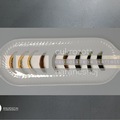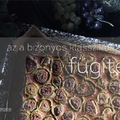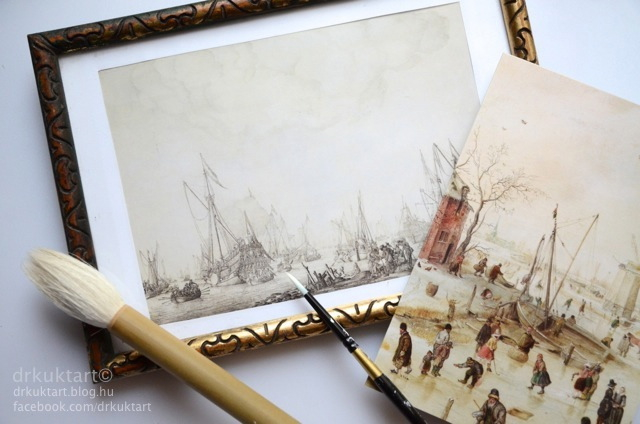
Szinte frissiben ellátogattunk a Szépművészeti Múzeum 'Rembrandt és a holland arany évszázad festészete' című kiállítására. Ezzel az időszaki kiállítással a Múzeum méltó módon búcsúzik a látogatóktól, mielőtt 2015. február 16-tól kicsit több, mint két évre álomba merül.
Yesterday we visited the wonderful currant temporary exhibition 'Rembrandt and the Dutch Golden Age' of Museum of Fine Arts, Budapest.
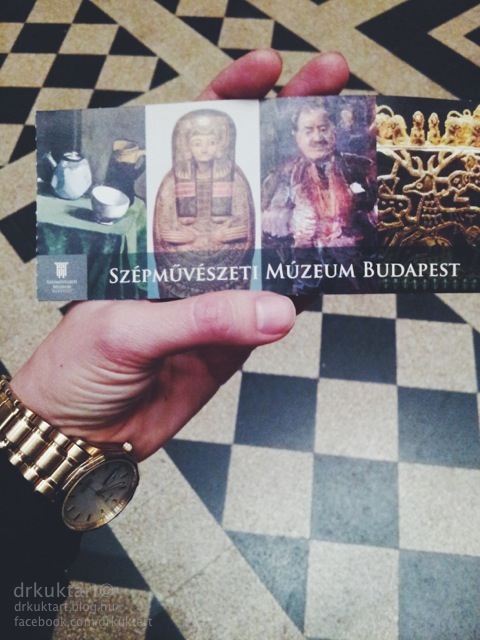
Naivan (nem győzöm hangúlyozni, hogy mennyire naivan) egy órácskával számoltunk, már, ami a kiállítás megtekintését illeti. Nem később, mint már a harmadik terem után kiderült, hogy igencsak rövidre becsültük az ott tartózkodásunk időtartamát. Végül majdnem három óra kellett ahhoz, hogy az arany évszázad festészetének végére érjünk.
We thought we'll spend only (and maximum) one hour on the exhibition. At the end, visiting this exhibition took almost three hours.
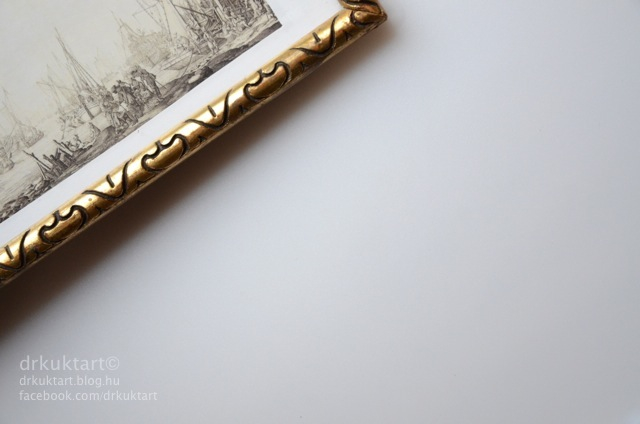
Részlet Willem van de Velde 'Frigyes Henrik várakozó flottája a Merwedén Drodrechtnél.
Detail of the painting Frederick Henry's Fleet on the Merwede River near Dordrecht by Willem van de Velde.
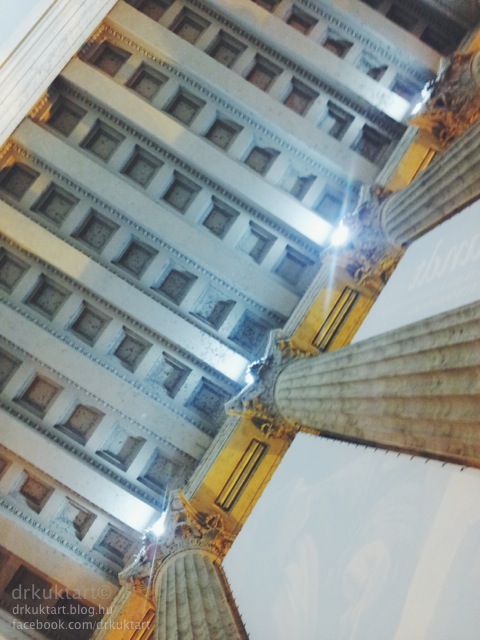
A Szépművészeti Múzeum saját gyűjteményének egyes bemutatott darabjain túl a kiállított képek többek között a Rijksmuseum (Amszterdam), The J. Paul Getty Museum (Los Angeles), a Metropolitan Museum of Art (New York), a Nationalmuseum (Stockholm), a Louvre (Párizs), The National Gallery (London), a Galleria degli Uffizi (Firenze) és a Museo Nacional del Prado (Madrid) jóvoltából kerülnek most bemutatásra, míg az itt látható bútorok, használati tárgyak az Iparművészeti Múzeumból, a térképek, gömbök, atlaszok pedig a Széchenyi Könyvtárból érkeztek. A kiállított anyag - amely tehát nemcsak képeket, de korabeli könyveket, bútorokat, szönyegeket, térképeket, föld- és éggömböt is magába foglal - hatalmas terjedelmű, volt, hogy éreztük, fáradunk, mégis a képek és tárgyak mellett elhelyezett magyar és angol szövegek segítségével feldolgozhatóvá vált a szépen taglalt információtenger. Bravúrosan kalauzolnak minket végig a 17. századi holland mindennapokon: bemelegítőként kezdve a történelmi háttérrel, a portréfestészeten keresztül bekukucskálva az ekkor élt emberek életvitelébe, míg a bőség-múlandóság-vallás hármasán keresztül, és Rembrandt utókorra gyakorolt hatásán túl bepillantást nyerünk a városi életbe ugyanúgy, mint ahogy szemünk elé tárják a korabeli tájképfestészet által megörökített holland és más országok tájait is. A kísérő szövegek megadják a nézelődőnek a kezdő lökést az ügyesen kategorizált képanyag befogadására. Egy jól megszerkesztett kiállítás, akárcsak egy jó könyv segítségével a látogató könnyedén időutazóvá avanzsál, így történt ez most is.
According to the Museum's website: 'In cooperation with the Nationalmuseum, Stockholm, the Rijksmuseum, Amsterdam and the Kremer Collection. Rembrandt and the the Dutch Golden Age, a large-scale exhibition to run in the Museum of Fine Arts surveys the period of 17th-century Dutch art, one of the golden ages of European culture. The exhibition is built around Rembrandt, the greatest master of the period, by whom 20 masterpieces will be on display. The exhibition will showcase over 170 works by some 100 painters, of which 40 originate from the Museum of Fine Arts’ rich Dutch collection and 130 paintings will be contributed by private and public collections, with the most important loaning institutions including the Rijksmuseum in Amsterdam, the National Museum in Stockholm, the Louvre in Paris, the National Gallery in London, the Getty Museum in Los Angeles , the Metropolitan in New York, the Uffizi in Florence and the Prado in Madrid. A further sensation of the exhibition is that in addition to the significant number of works by Rembrandt – including the painting known as his earliest and his last self-portrait – visitors can also view three works by Vermeer. (…) The show is divided into seven main chapters. The first section presents the historical background and commences with pictures by Hendrick Vroom and Willem van de Velde the Elder immortalising battles at sea since the battles waged for independence and later the Dutch Republic becoming a world power, were decided at sea. (…) The second part is devoted to portrait painting with likenesses of self-assured wealthy middle-class citizens, as well as group pictures of the leaders of various associations, and representative or intimate portraits of married couples and families. The third chapter comprises a diverse selection of pictures with the theme ofprosperity and life’s pleasures. Ornate pomp still-lifes, known as pronkstilleven, by Pieter Claesz, Willem Heda, Abraham van Beijeren, and Willem Kalf show the accumulated wealth, impressing viewers by picturesque depictions of expensive vessels, fruits and flowers. (…) The fourth section of the exhibition deals with religion. The Protestant Church forbade the use of “carved images” in their churches and called upon the faithful to study directly from Scripture, so illustrations of stories from the Old and the New Testament were given a place on the walls of homes. Since Catholics could practise their religion, altar pictures were also made, with their forms preserving monumentality and festivity, which influenced works devoted to domestic piety. (…) The fifth section focuses on Rembrandt and his influence upon his contemporaries. Works by the giant of Dutch painting are accorded a place in this part of the exhibition, including his first known painting as well as his last picture. His earliest painting titled The Glasses Salesman, executed in 1623, arrives at the exhibition from the town of his birth, Leiden (Museum de Lakenhal), while the composition regarded as his last, a self-portrait, probably completed in the year of his death in 1669, is loaned by the Uffizi in Florence. (…) The sixth chapter features a theme of city life, which bore great importance to Dutch artists, and displays three significant pieces from Vermeer’s oeuvre of merely 38 paintings. The Geographer is a loan from Frankfurt, the Astronomerfrom the Louvre, and The Allegory of the Catholic Faith from the New York Metropolitan Museum. The exhibition concludes with landscapes, which form an important part of the Museum of Fine Arts’ collection. The show is made yet more exciting by contemporary furniture and objects of everyday use arriving from the Budapest Museum of Applied Arts, as well as by maps, atlases and globes from the Széchényi Library. The exhibition is completed by a catalogue presenting the art of the period in both Hungarian and English.'
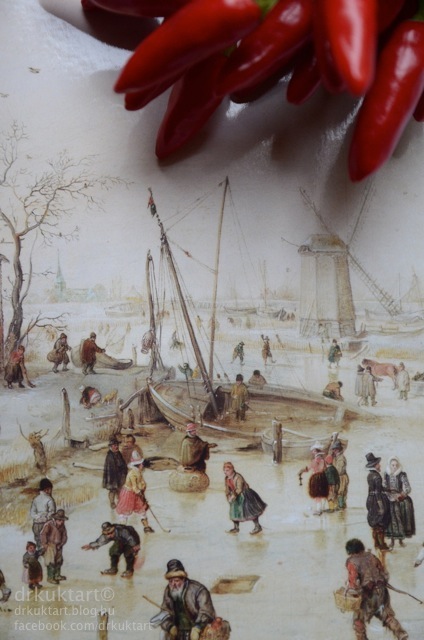
Részlet Hendrick Avercamp 'Téli táj korcsoláyzókkal' című festményéből.
Detail of the painting 'Winter scene with Skaters' by Hendrick Avercamp.

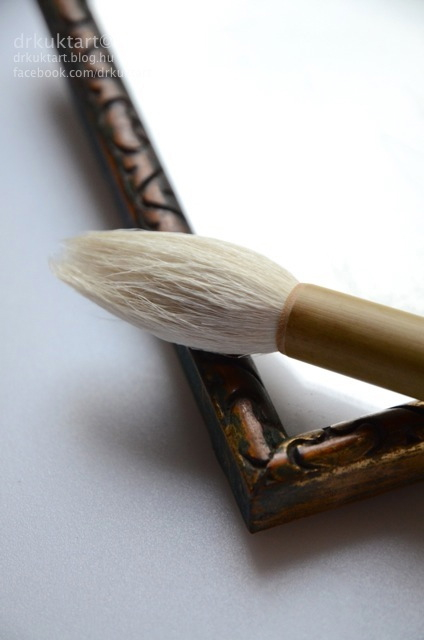
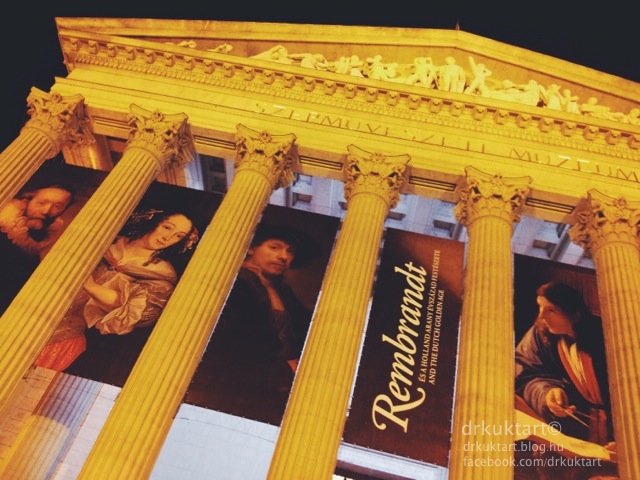
Meleg szívvel ajánlom mindenkinek a 'Rembrandt és a holland arany évszázad festészete' című kiállítást, még az olyanoknak is, akik első körben legyintenek, hogy őket semmilyen szinten nem érinti meg Rembrandt művészete, hiszen az itt jóval többről van szó, mint a művész pár képének bemutatásáról. Az egyetlen körülmény, ami miatt görbült a szám, az az, hogy a kiállítást követően a Múzeum boltjában meglehetősen szerény a képeslap választék, holott a megvásárolt képeslapokon túl szívesen magammal hoztam volna még jó pár kép kicsinyített mását is. Köszönöm a meghívást drága barátnémnak, felejthetetlen volt! A kiállítás 2014. október 31. és 2015. február 15. között tekinthető meg, a Szépművészeti Múzeumban (1146 Budapest, Dózsa György út 41.). A bemutatott anyagról bővebb információt a Múzeum honlapján találsz, ahol praktikus tanácsokkal is ellátják a jövőbeli látogatót.
Ha tetszett a bejegyzés, kövess Facebook-on ITT és Instagram-on ITT, vagy, ha úgy tetszik értesülj a friss bejegyzésekről a Bloglovin segítségével!
Szép napot!
This exhibition is open between 31 October 2014 and 15 February 2015 in Museum of Fine Arts, Budapest (1146 Budapest, Dózsa György út 41.). For more information check the Museum's website.
If you like the post, follow me on Facebook HERE or Instagram HERE to be notified about every new post. Follow my blog with Bloglovin!
Have a nice day!
DRKUKTA

